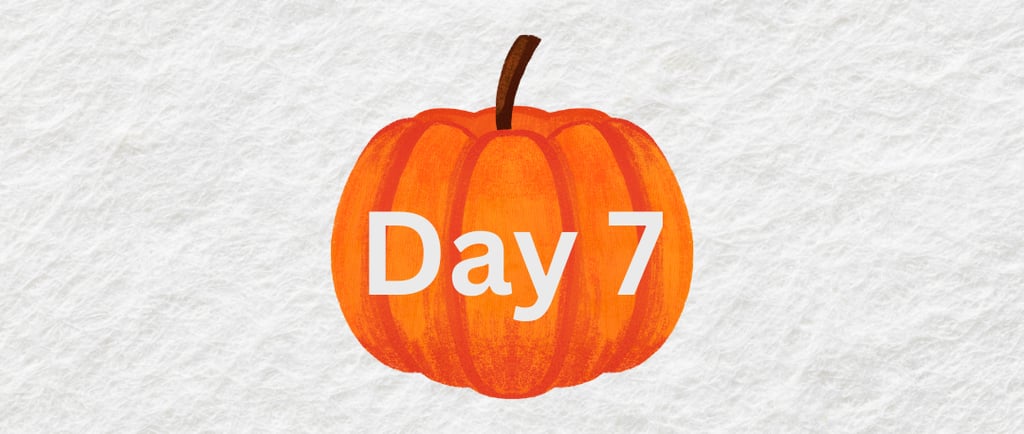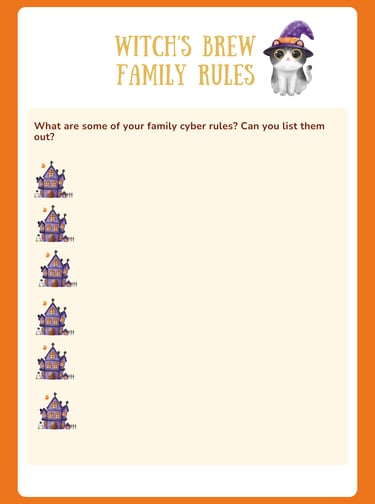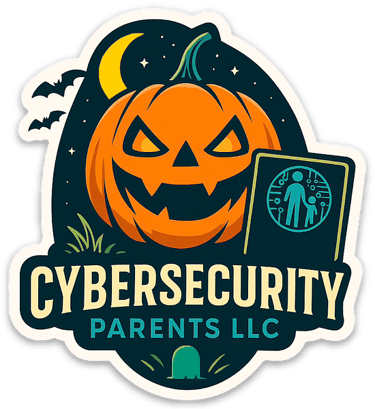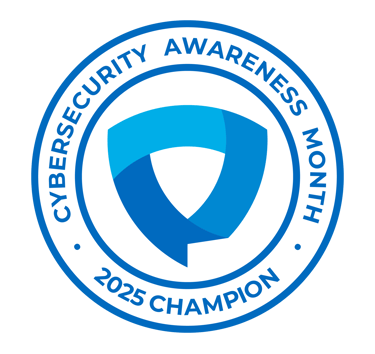Day 7 of the Spooky Cyber Safety Challenge
10 days of fun and safety for families, today's topic: Family Cyber Rules
Kae David
10/9/20252 min read


Skeleton Social Media Cleanup: Helping Kids Make Safer Choices Online
Social media can be fun, creative, and a great way for kids to connect—but it also comes with risks that can follow them for years. Once something is posted online, it’s nearly impossible to erase completely. That’s why it’s important to teach children how to think before they post and avoid digital “skeletons in the closet.”
The Skeleton Social Media Cleanup decision tree (shown below) is a practical tool you can review with your child. It helps them pause and ask the right questions before hitting “post.” Let’s break down the steps:
1. Do You Want to Post Something Online?
This is the starting point. Posting is second nature for kids, but asking them to pause before sharing makes them more mindful.
Encourage them to reflect: Why do I want to share this? Is it for fun, attention, or connection? Helping kids understand motivation can reduce impulsive posting.
2. Does It Show Personal Information?
Personal information includes:
Real name
Address or location
School name
Phone number
Family details
Photos in uniforms or that give away location
If the answer is yes, then talk about why they shouldn't post. Personal details can be used by strangers to track, contact, or even impersonate your child.
3. Would I Be Embarrassed?
Kids often share in the moment without realizing that posts can resurface later—whether during college applications, job interviews, or even among peers.
If a post might cause embarrassment in the future, the decision tree reminds kids: don’t post.
4. Could This Hurt Someone?
Cyberbullying often starts with a careless post. Teaching kids empathy online is just as important as in person. If words or pictures could hurt another person, even unintentionally, the safest choice is don’t post.
5. Ask a Parent First
For kids who are still learning, asking a parent before posting creates a layer of accountability and opens opportunities for conversations about online safety.
6. OK to Post!
Once all the checks are clear, your child can share safely and responsibly. This process builds digital resilience and responsible online habits that last into adulthood.
What If Your Child Doesn’t Have Social Media Yet?
Even if your child isn’t posting, take time to review your own accounts. Are there photos of your child online that might reveal personal information—or that they wouldn’t want public later in life? Cleaning up your own digital presence sets a strong example.
Final Thoughts
The internet never forgets, but by practicing mindful posting, you can help your child avoid digital skeletons that may come back to haunt them later. Use the Skeleton Social Media Cleanup decision tree together, and turn this into a fun family activity that builds safer online habits.






